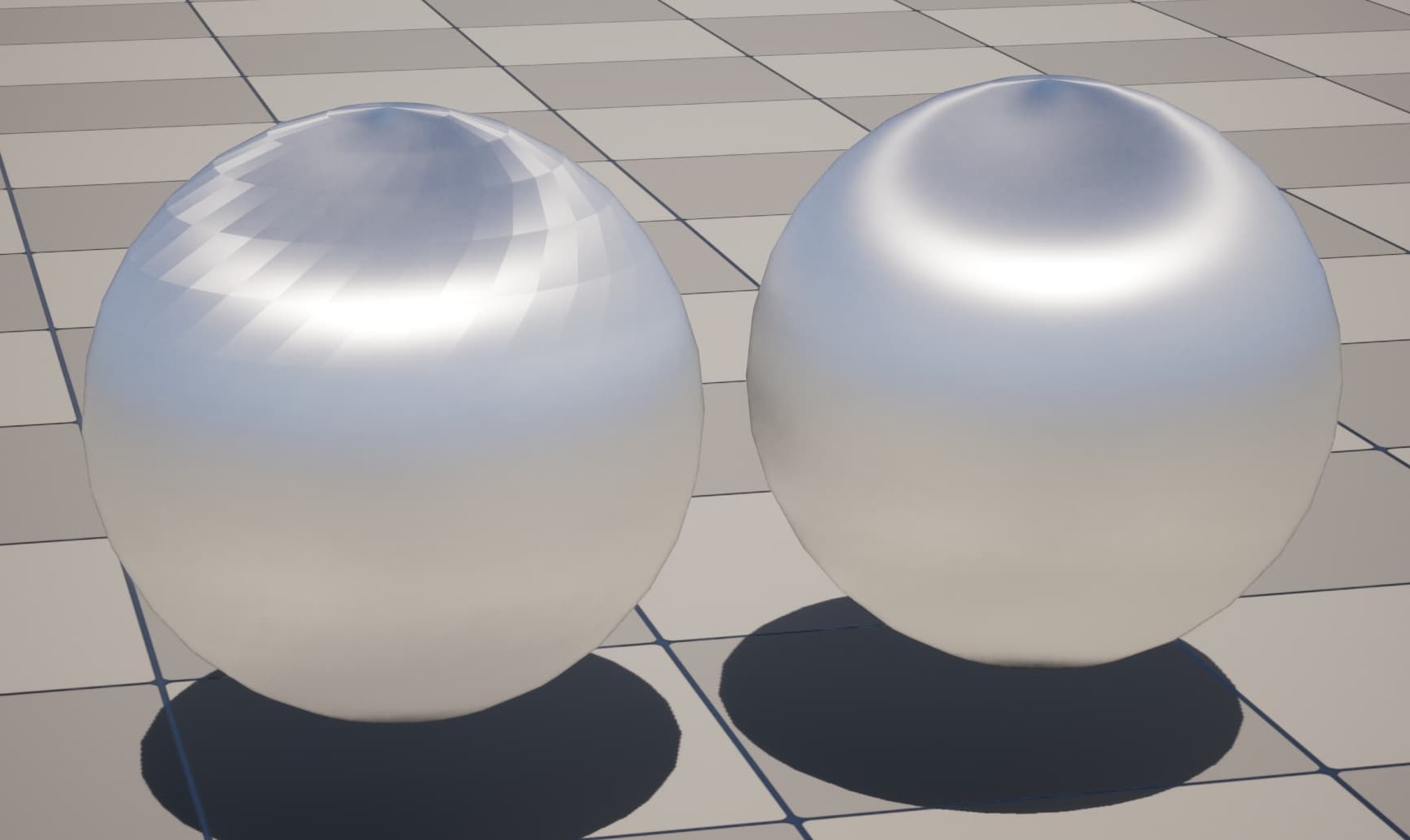
What is anisotropy? Simply put, anisotropy means that a material or object has different properties depending on the direction you measure them. Imagine a piece of wood. It's easier to split along the grain than across it. That's anisotropy in action! This concept pops up in many fields like physics, biology, and even computer graphics. For example, in medical imaging, anisotropy helps doctors see tissues more clearly. In geology, it explains why certain rocks break in specific ways. Understanding anisotropy can help solve real-world problems, making it a fascinating topic to explore. Ready to learn more? Let's dive in!
What is Anisotropy?
Anisotropy is a property of materials where they exhibit different values when measured in different directions. This characteristic is crucial in various fields like physics, engineering, and materials science.
- Anisotropy comes from the Greek words "aniso," meaning unequal, and "tropos," meaning direction.
- Wood is a common example of an anisotropic material, as its strength varies along different grain directions.
- Light can exhibit anisotropic behavior when passing through certain crystals, affecting its speed and direction.
- Magnetic anisotropy refers to the directional dependence of a material's magnetic properties.
- Seismic waves travel at different speeds through the Earth's layers due to anisotropy.
Types of Anisotropy
Different types of anisotropy exist, each relevant to specific scientific and engineering applications.
- Thermal anisotropy occurs when a material conducts heat differently in different directions.
- Electrical anisotropy is observed when electrical conductivity varies with direction in a material.
- Mechanical anisotropy happens when a material's mechanical properties, like elasticity or strength, differ based on direction.
- Optical anisotropy affects how light propagates through a material, influencing phenomena like birefringence.
- Acoustic anisotropy involves variations in sound wave propagation speeds in different directions within a material.
Anisotropy in Nature
Nature provides numerous examples of anisotropic properties, influencing various natural processes and structures.
- Crystals often exhibit anisotropic properties due to their ordered atomic structures.
- Animal bones are anisotropic, with varying strength and flexibility depending on the direction of force applied.
- Plant stems show anisotropy, with different mechanical properties along their length and width.
- Earth's crust displays anisotropic behavior, affecting the propagation of seismic waves.
- Human skin is anisotropic, with different elasticity and strength in different directions.
Anisotropy in Technology
Technological applications leverage anisotropic properties to enhance performance and functionality.
- Liquid crystal displays (LCDs) rely on the anisotropic properties of liquid crystals to control light passage.
- Fiber-reinforced composites use anisotropy to achieve high strength-to-weight ratios in specific directions.
- Magnetic storage devices exploit magnetic anisotropy to store data efficiently.
- 3D printing can create anisotropic materials by controlling the direction of material deposition.
- Optical fibers utilize anisotropic materials to guide light with minimal loss.
Measuring Anisotropy
Various techniques exist to measure and quantify anisotropic properties in materials.
- X-ray diffraction helps determine the anisotropic crystal structures of materials.
- Polarized light microscopy reveals anisotropic optical properties in biological and synthetic samples.
- Acoustic emission testing detects anisotropic mechanical properties by analyzing sound waves.
- Magnetic resonance imaging (MRI) can map anisotropic properties in biological tissues.
- Thermal conductivity measurements assess anisotropic heat conduction in materials.
Anisotropy in Everyday Life
Anisotropic properties influence many aspects of daily life, often unnoticed.
- Clothing fabrics exhibit anisotropy, with different stretch and strength in various directions.
- Paper is anisotropic, tearing more easily along one direction than another.
- Tires are designed with anisotropic tread patterns to optimize grip and performance.
- Hair shows anisotropic properties, with different strength and flexibility along its length.
- Ice can be anisotropic, with different melting rates depending on the direction of heat application.
Anisotropy in Advanced Research
Cutting-edge research continues to explore and exploit anisotropic properties for innovative applications.
- Graphene exhibits anisotropic electrical conductivity, promising advancements in electronics.
- Metamaterials are engineered to have specific anisotropic properties for unique applications like cloaking devices.
- Nanotechnology leverages anisotropy to create materials with tailored properties at the nanoscale.
- Quantum computing explores anisotropic materials to develop more efficient qubits and quantum gates.
The Final Word on Anisotropy
Anisotropy, a fascinating property, affects many fields from physics to medicine. It’s all about direction-dependent properties. Think of how wood splits easier along the grain or how light behaves differently through various crystals. Materials like metals and composites show anisotropic behavior, impacting their use in construction and manufacturing. In medicine, anisotropy helps in imaging techniques like MRI, giving clearer pictures of tissues.
Understanding anisotropy can lead to better technology and innovations. Engineers, scientists, and even doctors rely on this concept to improve their work. So next time you see a crystal or use a device, remember anisotropy might be at play. It’s a small word with big implications, shaping the world in ways we often overlook. Keep exploring, and you’ll find anisotropy’s fingerprints everywhere.
Was this page helpful?
Our commitment to delivering trustworthy and engaging content is at the heart of what we do. Each fact on our site is contributed by real users like you, bringing a wealth of diverse insights and information. To ensure the highest standards of accuracy and reliability, our dedicated editors meticulously review each submission. This process guarantees that the facts we share are not only fascinating but also credible. Trust in our commitment to quality and authenticity as you explore and learn with us.
